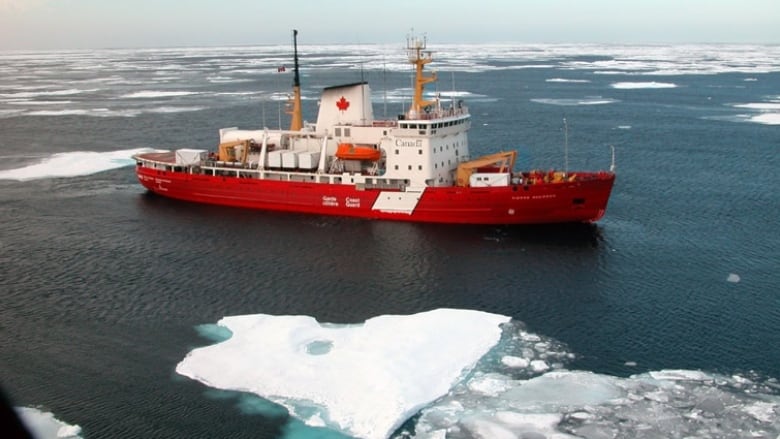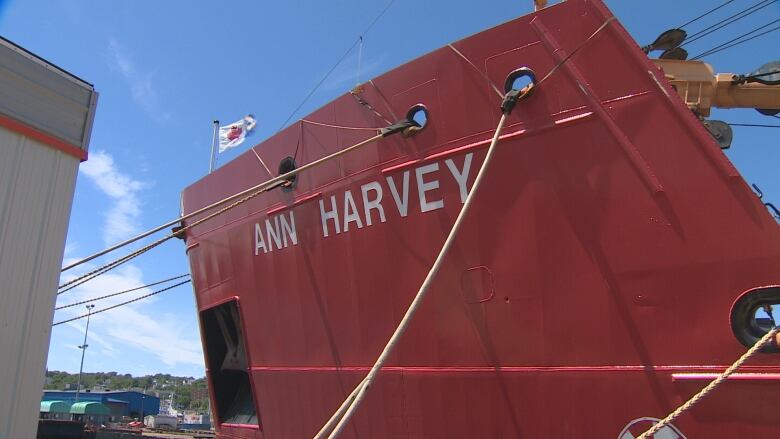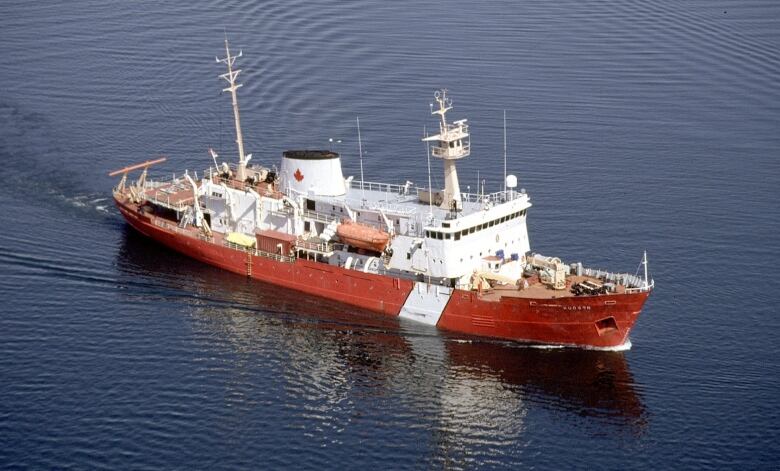Vessel breakdowns saved coast guard millions on fuel
'Unforeseen loss' of ships from aging fleet in 2015-16 meant smaller bill for marine diesel

The good news is that the Canadian Coast Guard returned nearly $15 million in unspent money on fuel to federal coffers for the last fiscal year.
The bad news is that a chunk of those savings occurred because vessels that were supposed to use the fuel broke down, and were unexpectedly out of service.
That's according to federal briefing materials obtained by CBC News through access to information.
Other factors in the overall fuel savings were lower-than-expected marine diesel prices, and a light ice season that translated into less fuel used foricebreaking.
But officials directly attributed $4 million of the savingsto vessel breakdowns.
"Some of the reduction in vessel fuel consumption in 2015-16 is also due to the unforeseen loss of vessels that CCG had planned to contribute to various programs," noted a memorandum for the deputy minister of the Department of Fisheries and and Oceans.
"This represents fuel that CCG planned on consuming but could not due to vessels going into unplanned maintenance."

The memorandum indicates that the coast guard had forecast consuming 57.5-million litres of fuel in 2015-2016, but "fleet breakdowns" resulted in 4.6-million litres being unused. That translates into eight per cent of the overall forecast total.
The affected ships included:
- CCGS Ann Harvey, out for the entire fiscal year, representing 2.6-million litres of unused fuel;
- CCGS Hudson, 399,456 litres;
- CCGS Des Groseilliers, 202,420 litres;
- CCGSG. Peddle S.C., 165,333 litres;
- CCGS Cygnus, 149,073 litres;
- CCGS Pierre Radisson, 117,265 litres.
According to Carole Saindon, a spokesperson for DFO, all of those vessels except the Ann Harvey were again "operational" as of early November.
Saindonstressed that "CCG vessels are in constant rotation between operations and maintenance to ensure continuous coverage and support is provided to the department's programs."
Aging coast guard fleet
The fuel savings linked to unplanned vessel breakdowns is just the latest in a series ofstories about the deteriorating state of the Canadian Coast Guard fleet.
- EXCLUSIVE | Coast guard fleet deteriorated under Tories and Liberals, report says
- Leasing ships for coast guard an option, internal analysis suggests
- Report raises alarm over Canada's aging coast guard fleet
An independent report presented to the Liberal government advised that the majority of the Canadian Coast Guard fleet is so oldthat its book value is almost worthless. CBC News obtained that third-party analysis through access to information.
The average age of vessels in the fleet is 34 years old.

Last week, Ottawaissued a request for information seeking potential icebreaking help from the private sector, because coast guard shipsmay not be able to handle the workload.
"Due to age and reduced availability of the icebreaking fleet, the CCG anticipates that it may require additional icebreaking capacity provided by oneto five icebreakers (heavy, medium, or light) at various times over the next number of years," the government notice advised.
"Accordingly, the CCG must investigate potential bridging strategies to address potential gaps in service."













_(720p).jpg)


 OFFICIAL HD MUSIC VIDEO.jpg)
.jpg)



























































































